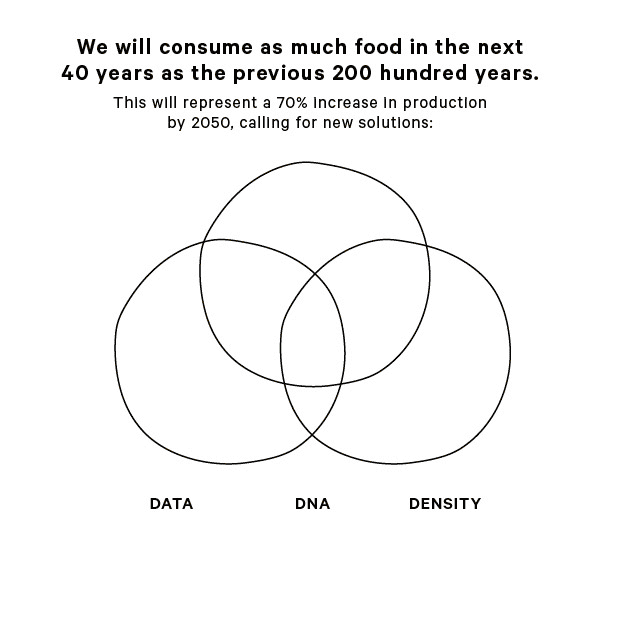The future of food: A win for cows; business as usual for chickens
Food is intrinsic to being human. Not just for our survival, but what, how and why we consume helps shape our identity.
Let’s imagine ourselves sitting in a cave 2000 years ago in what is now Southern France debating what we were going to have for dinner. Chances are we were focused on having enough food to survive, not what it was. We often went days without eating as demand outstretched supply. As food became more abundant through the twin forces of domestication of animals and agricultural production of plants, everything from the height of people, our lifespans and how our society is structured changed. No longer starving, we progressed from cave drawings to our cities carving humanity permanently into the face of the Earth.
Fast forward to today and food is the most marketed and branded category of goods in the world. Food companies from small niche retailers to large FMCGs have used two levers to create their success: economies of scale that make them central to modern life and brand relevance through differentiation. As McKinsey rightly pointed out in 2018 in a seminal article on the future of large FMCG (hint, challenging), success is moving rapidly from using lever number one (manufacturing scale) to pulling harder on lever number two (differentiation).
Image versus ingredients
Traditional big food is unfortunately challenged on both image and its ingredients. The work of Ehrenberg-Bass Institute and How Brands Grow comes down to one thing: build incremental growth through stretching brands through their distinctive visual codes that are a by-product of investing in image. From biscuits to batteries it really does work but it does not change growth trajectories. The reason is very simple, brand salience only incrementally stretches. A fizzy drink brand can stretch to the very limits of pure enjoyment but it can’t cross over to the genuine healthier alternative based in purity. The challenge on ingredients for large food comes from legacy. Mass manufacturing relies on simplicity and scale of core ingredients. It’s harder to pivot a manufacturing plant when you inherit the infrastructure. The sunk cost of the plant and equipment becomes the lens through which scale was created but by which innovation is constrained. It’s much easier to change this at day zero.
Is the future different than the past?
The last thirty years has seen an increase in crop yield beyond what most experts thought possible but it is not going to do the job. CSIRO helpfully frames the problem as, the amount of food we will consume in the next four decades is as much as we have consumed in the previous few hundred years. If food production was telecoms it would have already built 5G and maxed it out. What comes next is largely undefined and often described as a dystopian apocalypse or science’s final frontier. If you look beyond the noise of venture backed digital disruptors the simple truth is based in cold hard math. Two billion more people to feed and peak current production equals change. The incentive is there. There is money to be made and fame to be had for the ones who integrate Data, DNA and Density to feed our future selves.
The health halo challenges food myths
One of the strongest current societal trends is the rise of plant-based eating. Plant based eating is not a fad but its impact to date is overblown. What it is doing broadly is replacing red meat at a higher level while its impact on white meat is neutral. A win for cows, business as usual for chickens. What is clear is that it drives category value and as a source of protein will only become more important.
There are four key things driving red meat replacement: cultural leaders like athletes, actors and musos are choosing it and performing better; gender norms are blending and the masculine ‘hunter/provider’ meat eater myth is being challenged; we have a fuzzy association with large scale farming with a changing climate and cruelty; and lastly there is a halo of health that ensures plant based protein is here to stay.
Consumer trends are pushing brands and retailers to innovate and provide viable alternatives to continue the shift in our diet. However, with the population growth and the requirements for future production increase, game-changing innovations are still to come.
—
Be better to each other.


